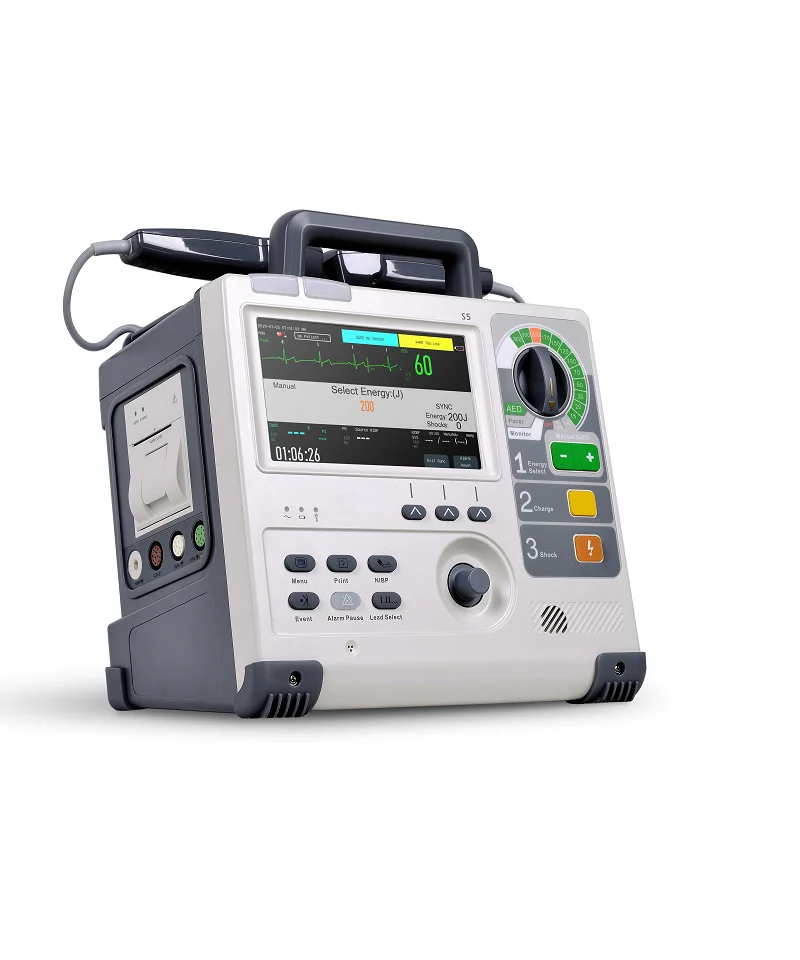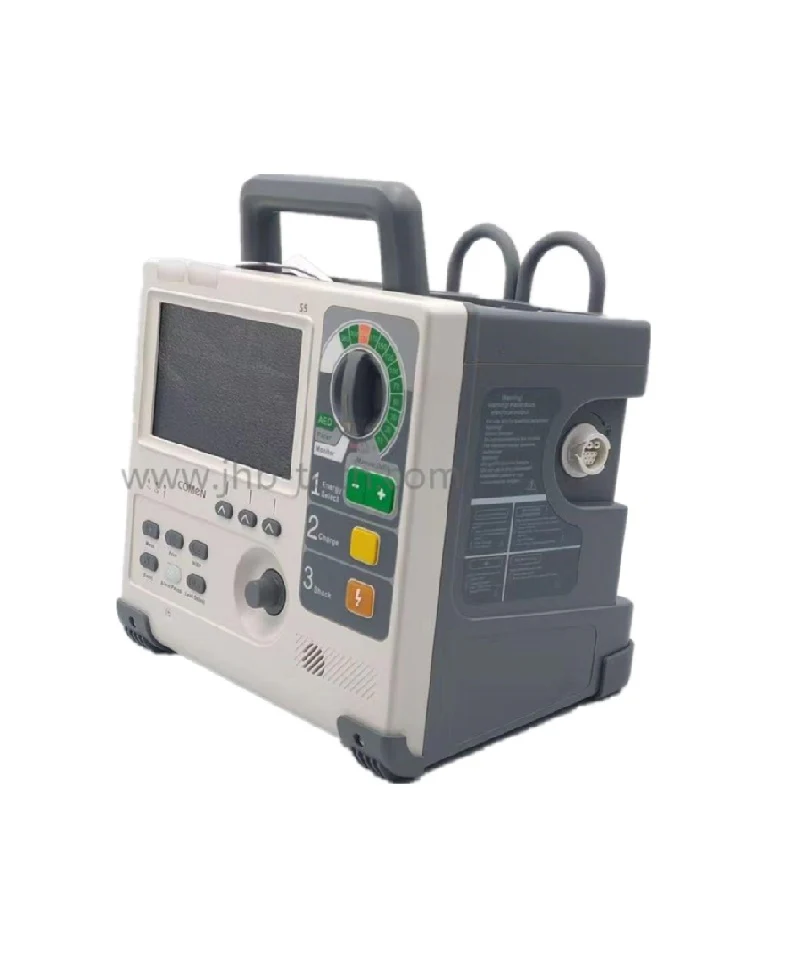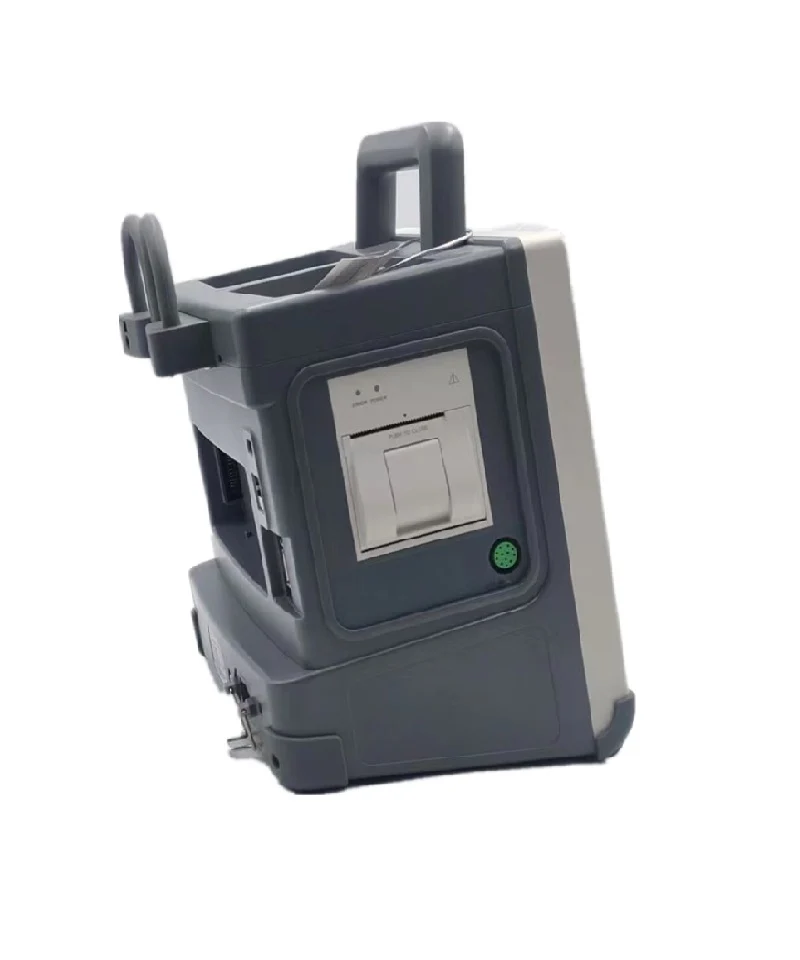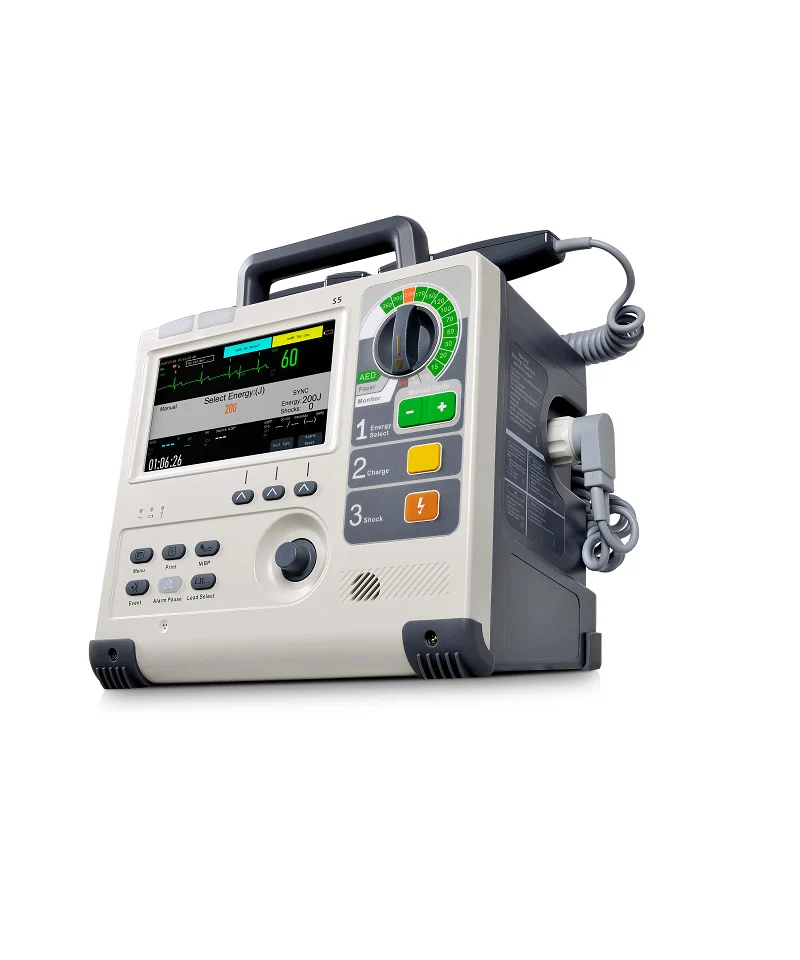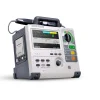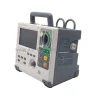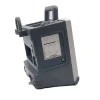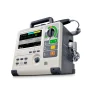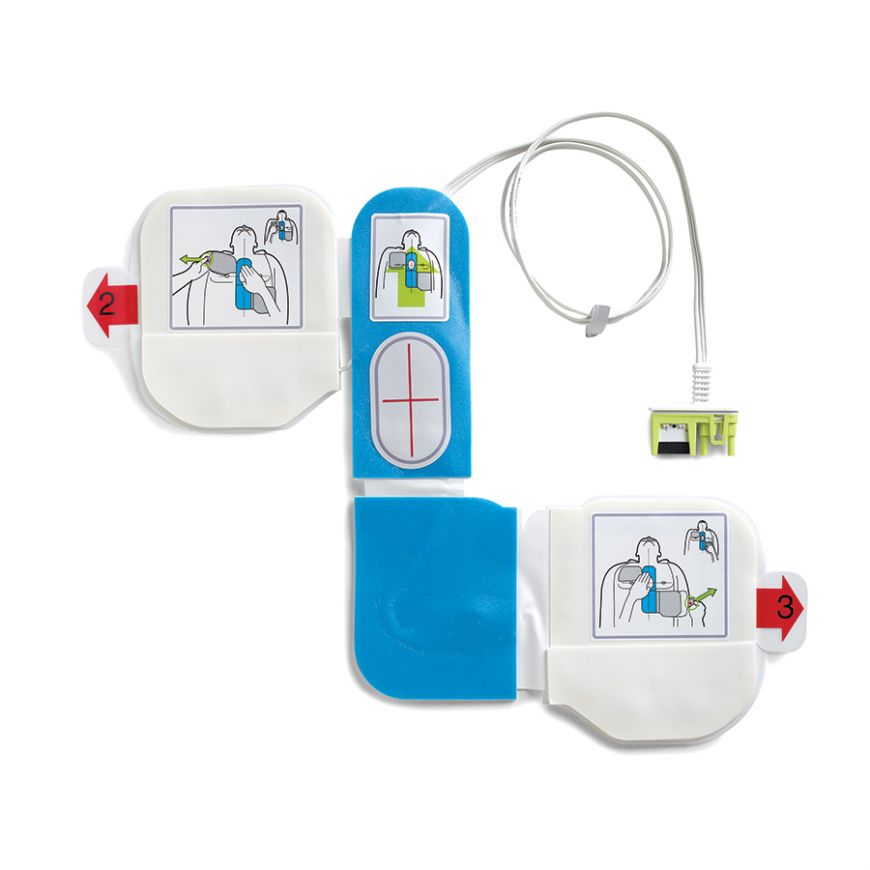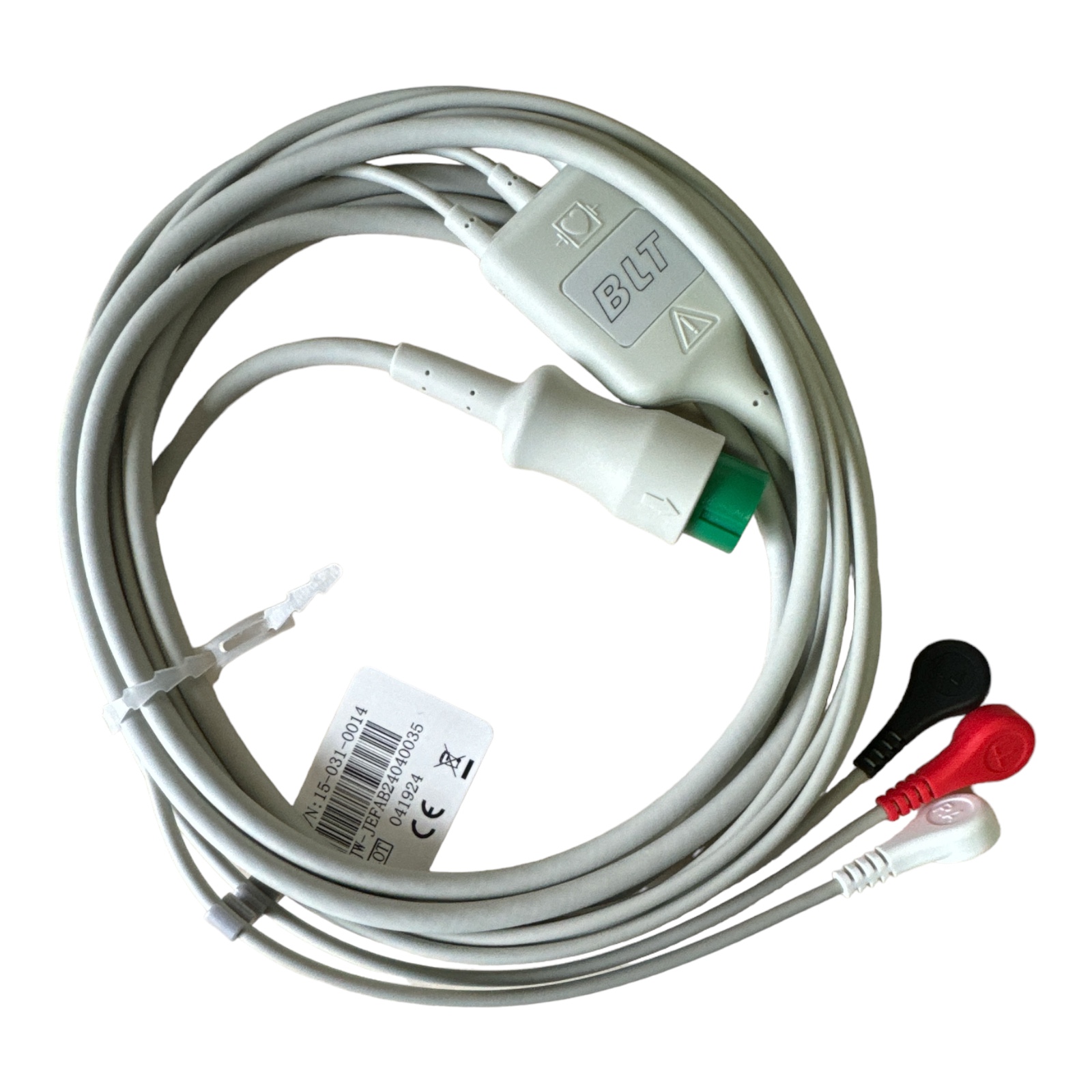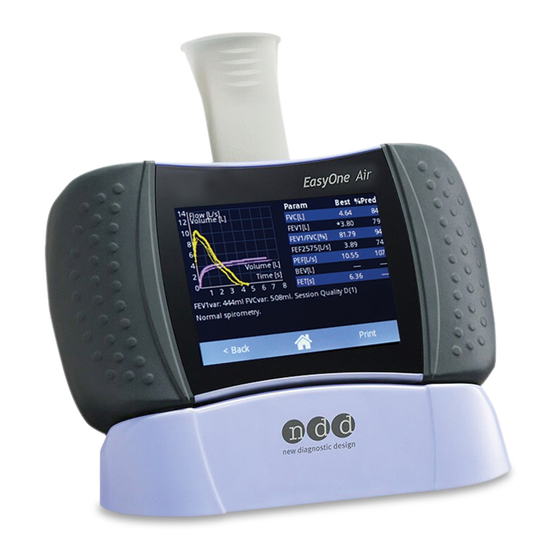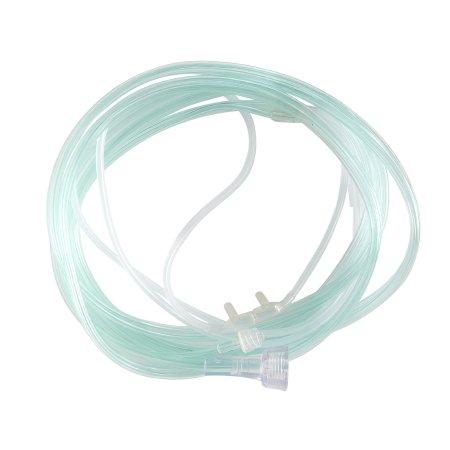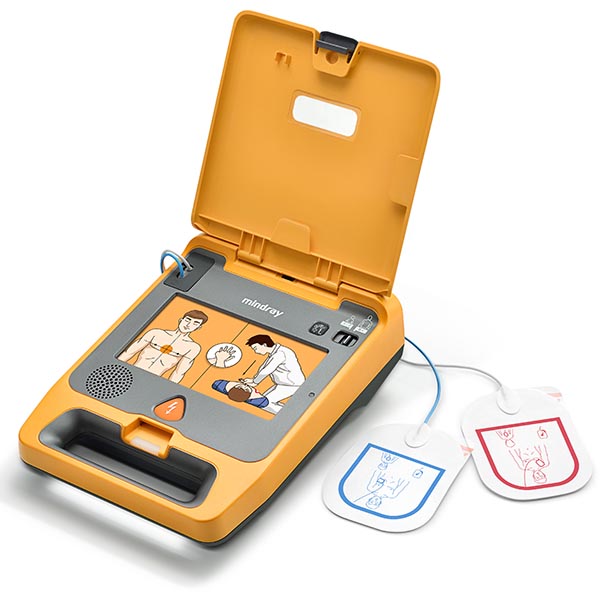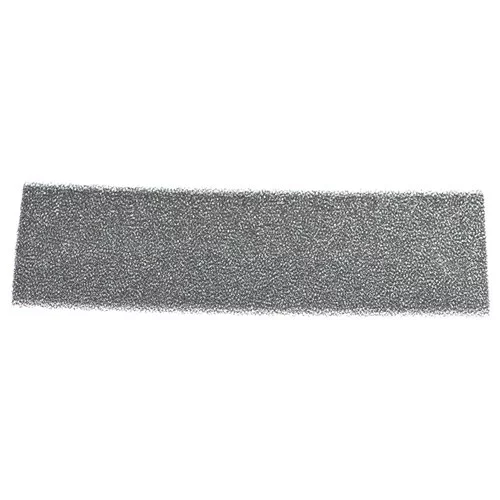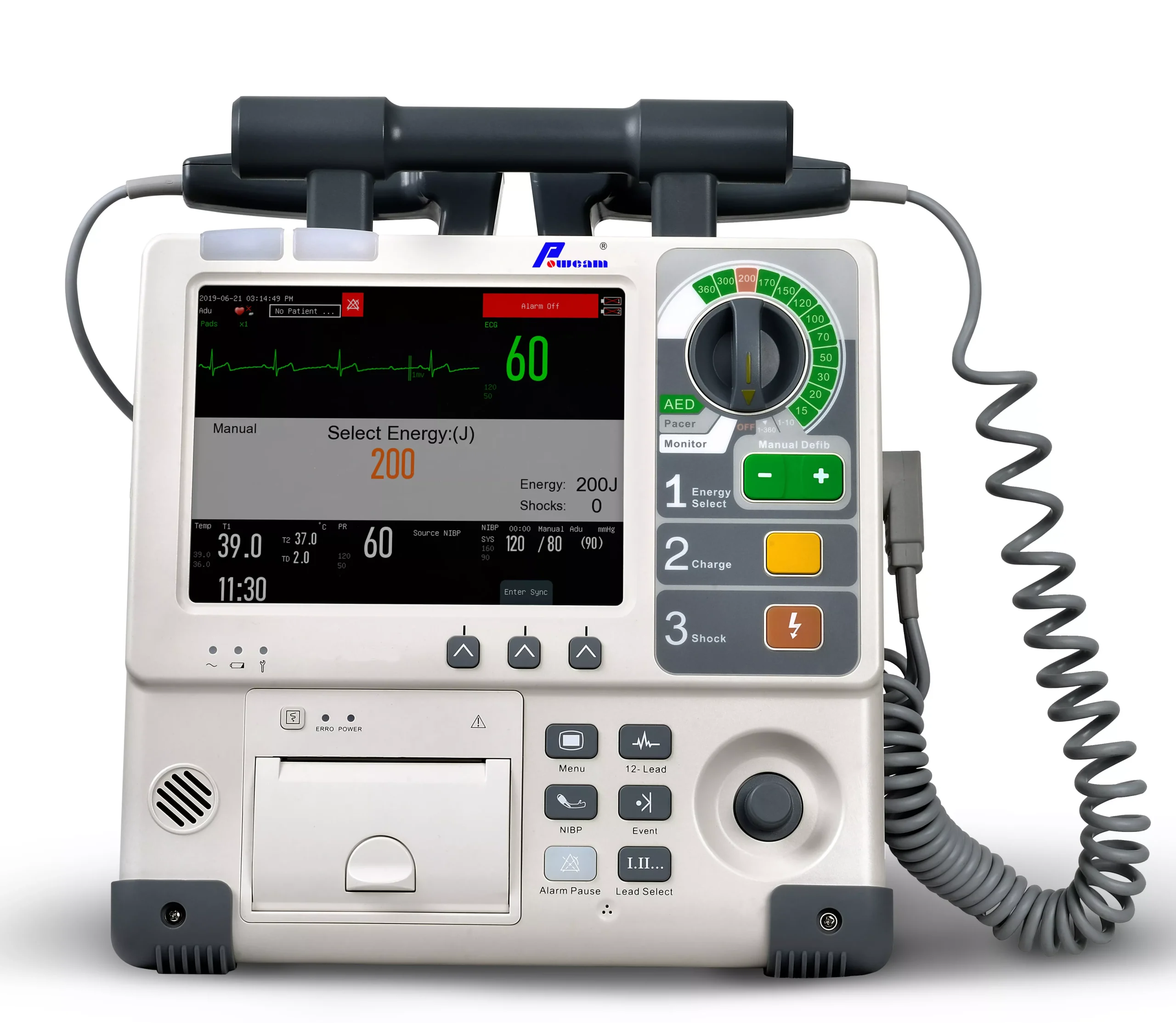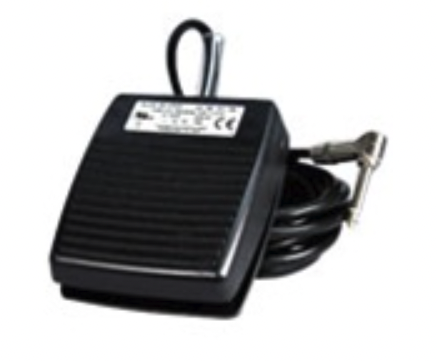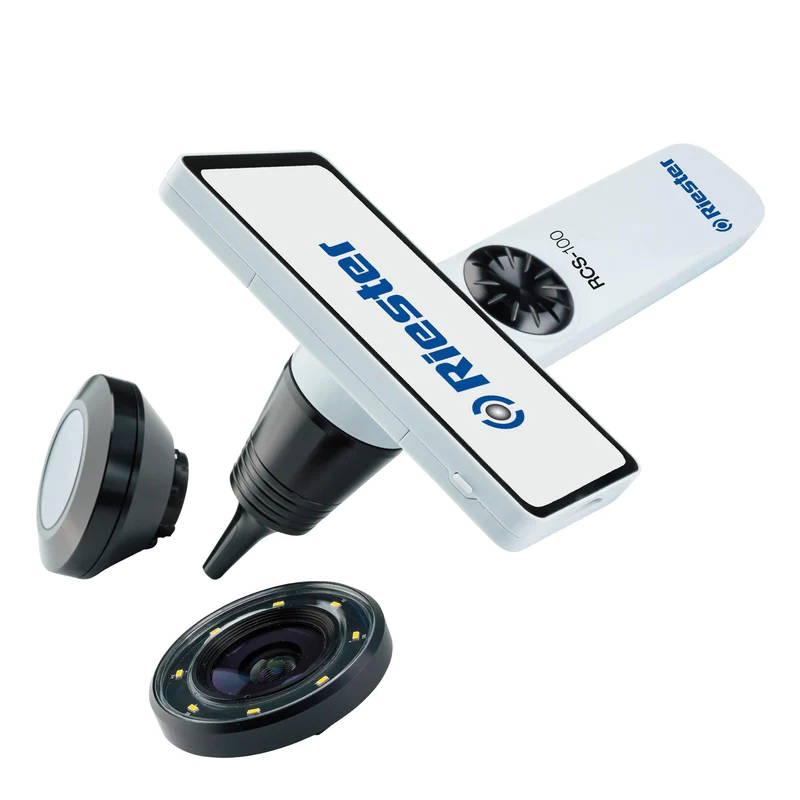Description
Comen S5 Defibrillator
KEY FEATURES:
- Manual defibrillation mode includes synchronous cardioversion and asynchronous defibrillation.
- Features on-demand pacing and fixed pacing mode for patients in cardiac arrest or acute/severe
arrhythmia. Pacing mode is rapid, easy-to-use, time-saving and improve recovery success rate. - This model applies patented analysis algorithm, automated analysis as well as convenient settings
to guide clinical emergency personnel in providing defibrillation and basic life support. - 1 knob can be switched among manual defibrillation, pacing and AED. In manual defibrillation, the
user can complete the energy selection within 1 second.
Defibrillators are devices used to restore normal heart rhythm in critical cardiac situations such as asystole or fibrillation. They achieve this by delivering a short but high-energy electrical current to the patient.
Here are some key points about defibrillators:
- Types of Defibrillators:
- Monophasic Defibrillators: These transmit the current in a single positive phase. OLD TECH back in the Lifepak 9/9B days
- Biphasic Defibrillators: These transmit the current bi-directionally, with both positive and negative phases.
- Modern defibrillators use an ECG-based algorithm called Cardioversion to synchronize the current delivery with the T wave, reducing the risk of ventricular fibrillation.
- Automated External Defibrillators (AEDs):
- AEDs are increasingly common in public spaces such as factories, schools, museums, and offices.
- They are designed for ease of use, requiring minimal user intervention.
- When activated, an AED provides audio and visual prompts to guide the user.
- It analyzes the patient’s ECG and delivers a shock if necessary, acting as a crucial barrier against potential death or brain damage.
Remember, defibrillators play a vital role in emergency situations, and AEDs are especially valuable for rapid response in public settings.
Additional information
| Weight | 15 kg |
|---|
Videos

